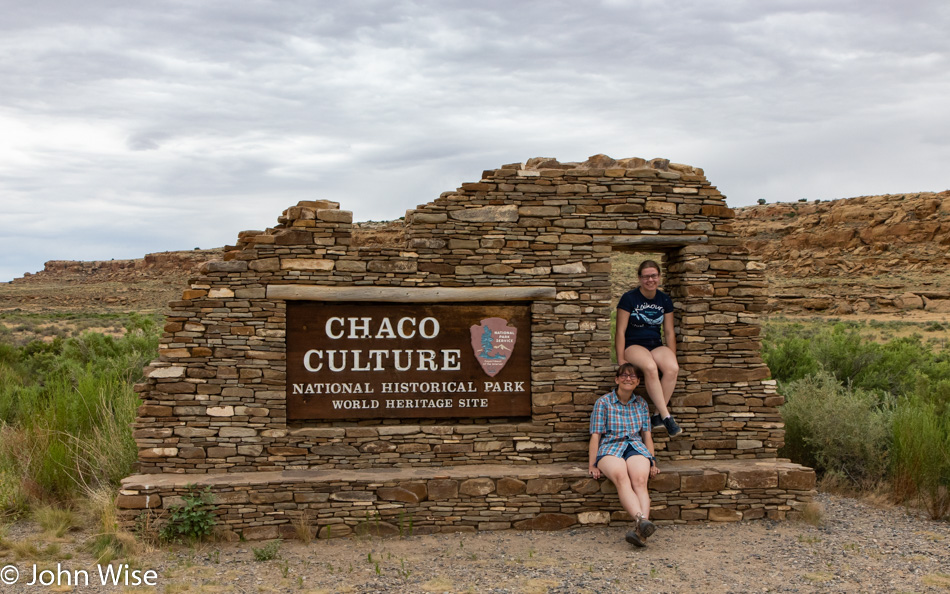
Good thing our journey through the San Juan Mountains up there in Colorado happened yesterday because a fairly thick cloud cover has moved into the region today.
We left Durango without fanfare and didn’t wait around for the old steam train to leave the station; we left the station, so to speak. Our destination was only two hours down the road in New Mexico, but I wanted us to have as much time as possible here at Chaco Culture National Historical Park.
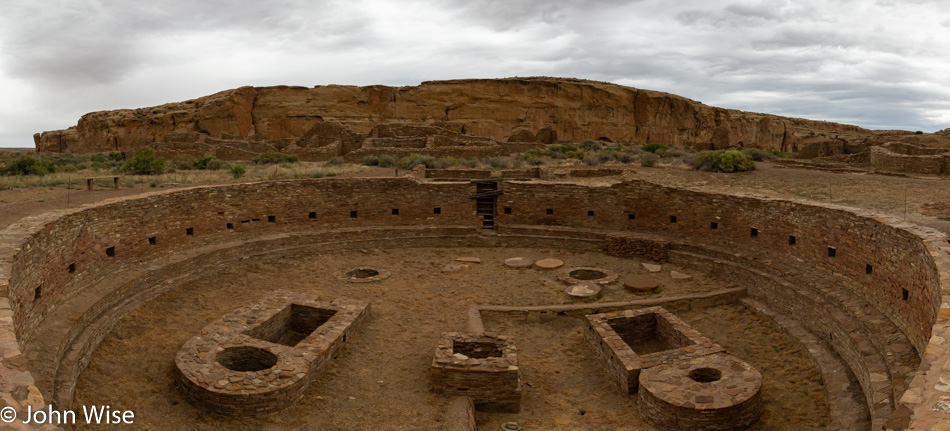
While this is obviously the first time Katharina is visiting this UNESCO World Heritage Site, it is Caroline’s and my fifth time visiting the park together, though I have a sixth visit that was made with my daughter Jessica back in 2013. I’d link to that trip, but I’m just now realizing that I never blogged about our travels into the desert back then.
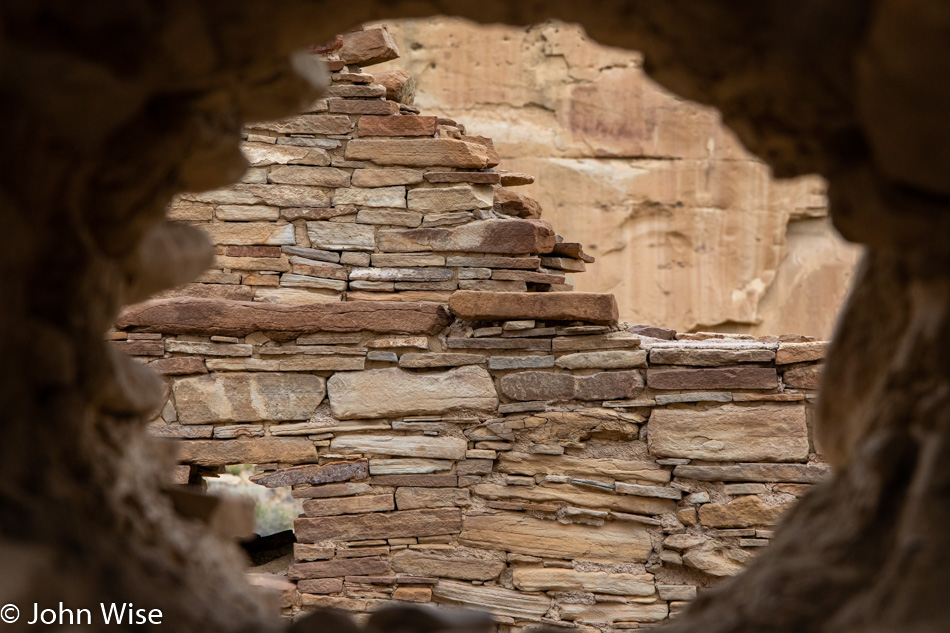
With so many visits to Chaco, you might think we’ve seen it all, but new perspectives are always opening up. When I look through this, I can choose to see a ruin in decay, or I can imagine one of the builders a thousand years ago looking from across the way at the work in progress.
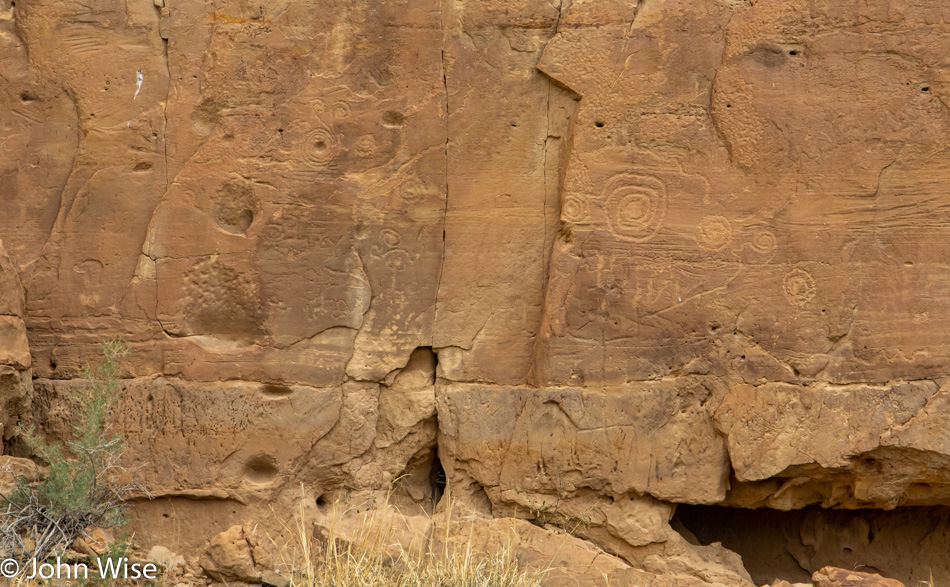
The walls between Chetro Ketl and Pueblo Bonito have a novel’s worth of petroglyphs etched into their surface, but I have no facility for understanding them, and most interpretations are merely guesses as to what the intention of the original messenger was.
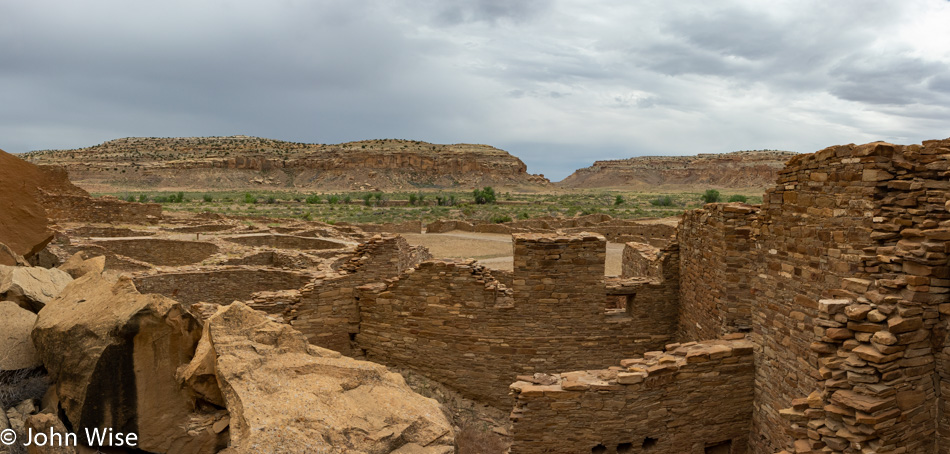
There’s little to say about this place that I’ve not blogged about before, and when I’m here, I mostly try to find impressions and echoes of what might have been. Eight hundred years of intervening silence after Chaco was abandoned have left little to glean from those who are so far outside of Puebloan culture.
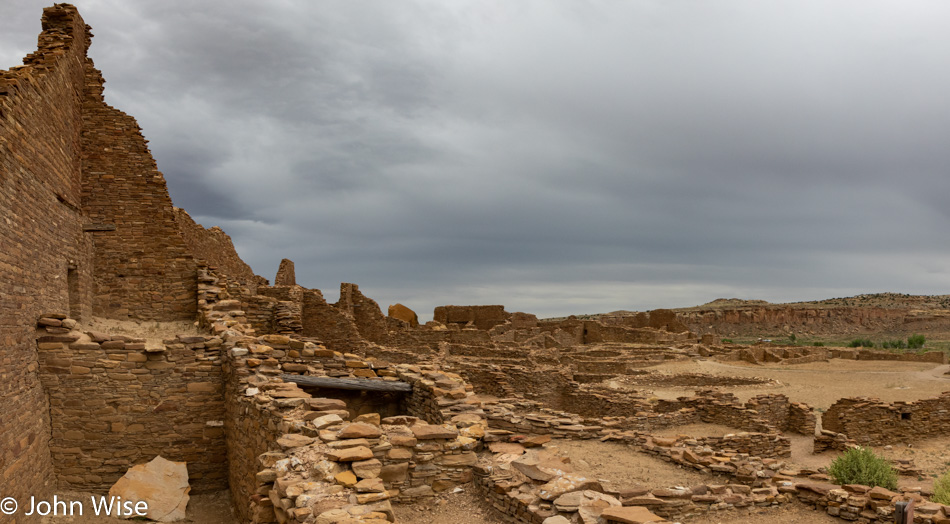
I can easily imagine that an elder from the Acoma, Zuni, or Hopi tribes would see things here in far greater detail. Without a doubt, I believe they could look into one of the many Kivas and have a full understanding of exactly what it once looked, sounded, and smelled like. I may never understand why the dominant American culture is so afraid of its citizens learning early on about the cultural heritage of other peoples – other than it is fearful that the traditions it holds sacrosanct might be lessened.

We stand in their footprints and pass through the doorways they used with purpose. We collect souvenirs with our photos while they lived with intention and gathered history in the ceremony of living outside of time. What I mean to say here is that we people of this age live every day within the limitations of the time we can afford to do something, such as visiting Chaco for an hour, a day, or a week. To have arrived at Chaco on foot a thousand years ago from hundreds or even thousands of miles away likely implies that the visitor wasn’t here for a day or two; their relationship to time had to be profoundly different than ours.
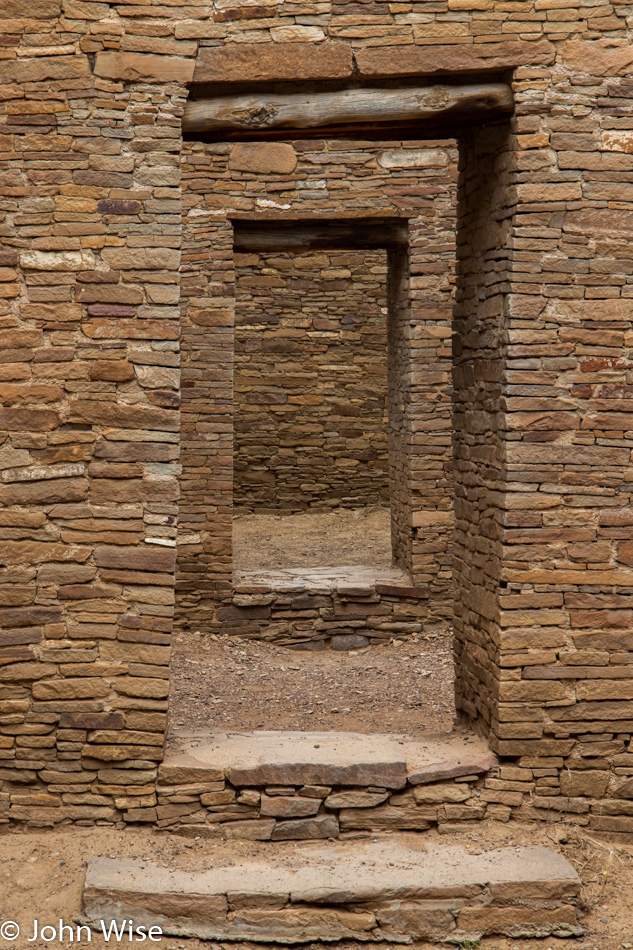
I feel honored to pass through these portals, though it would be made a million times better if we were able to do so with a Puebloan guide. Upon their historic lands, I feel small and insignificant without the ability to even dream of what is no longer here or might still be, though I don’t have the senses to know it.
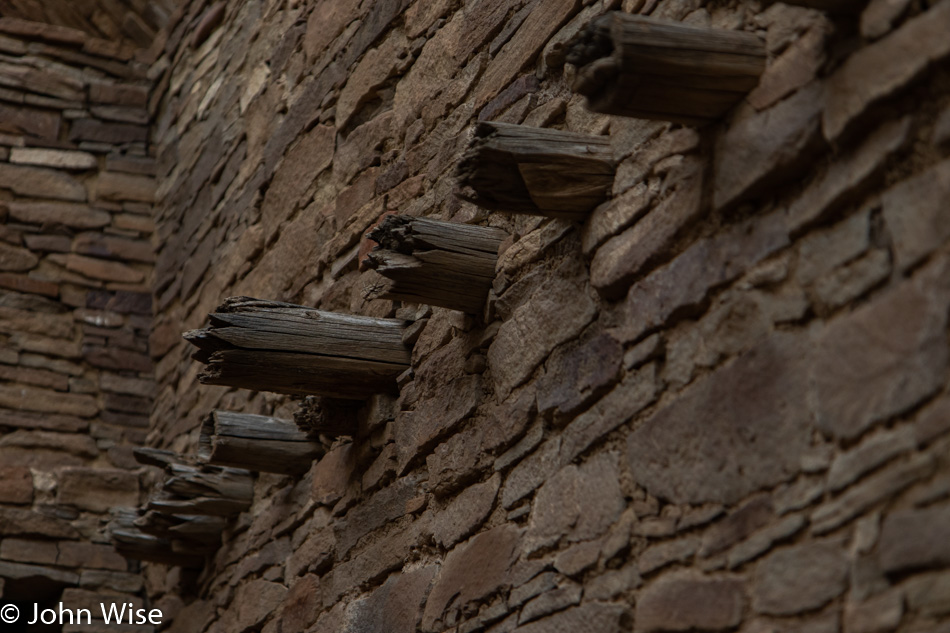
Thirty generations ago, men, women, and likely their children cut trees in some far-off place and dragged the logs over the earth to bring them here as supports for the floors that, in some instances, were up to five levels high. Why was so much effort made to transport tons of wood out here and then chip away at rocks to make millions of squared-off stones that would be stacked to make these walls? What was their vision, and how was this seen by first-time visitors?
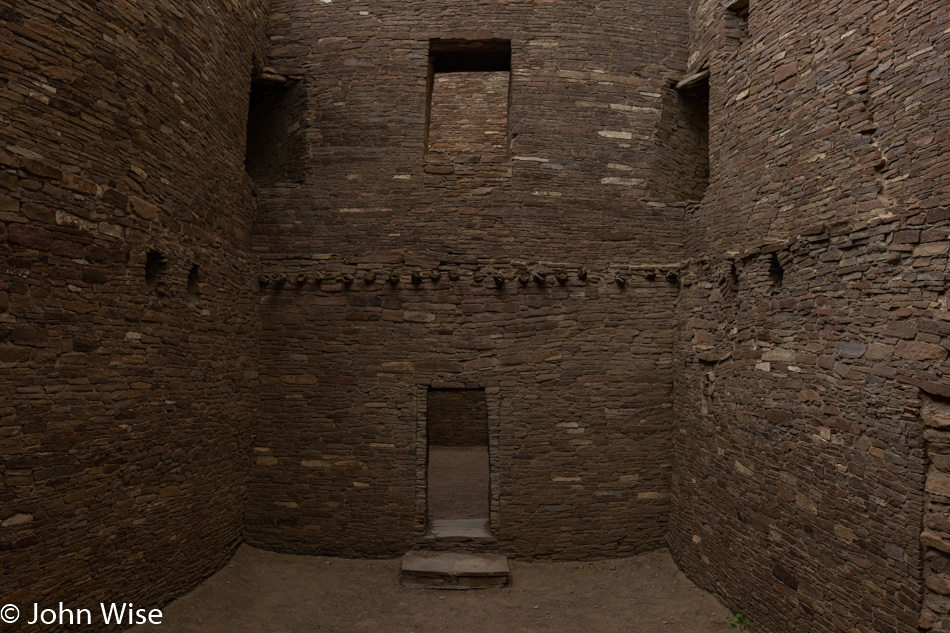
The inner rooms would have been pitch black unless an open fire was going on, but then ventilation would have been essential. With dried wood and grass being used for floors above the dirt ground floor, would fire even be an option? Maybe their relationship with the dark was different than ours, where artificial light has always been our norm.

There could not have been fat Puebloans out here, nor very tall ones. At 235 pounds (106 kg), I am a pretty tight fit in some of the doorways. The doorway that Kat and Caroline are standing in is about the tallest one we’ve passed through, while some of them are barely more than a few feet (1 meter) tall, requiring me to nearly get down on my knees to crawl through.
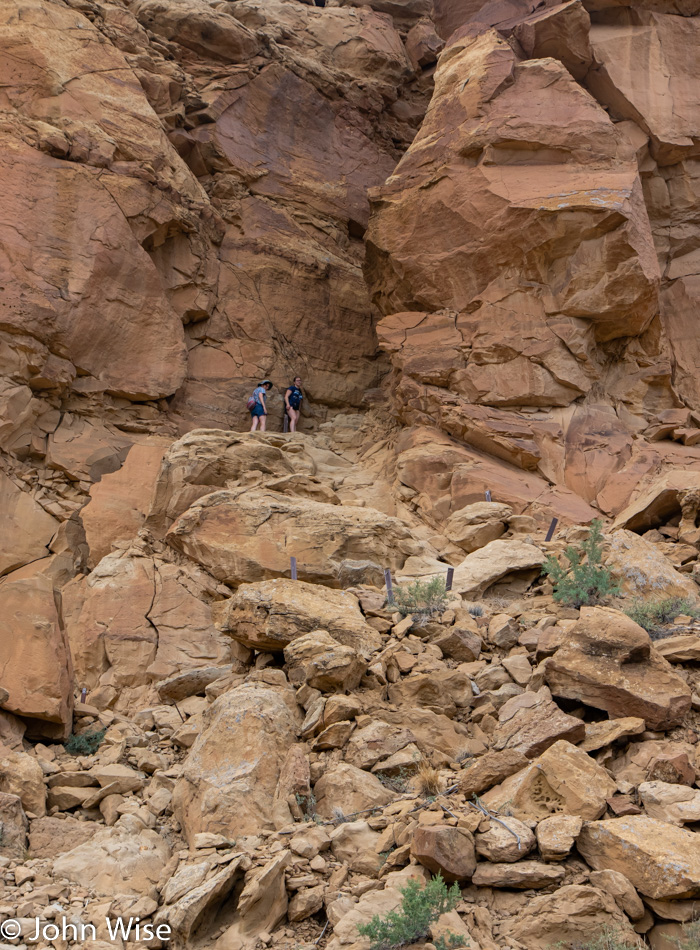
Miscommunication was at work this afternoon as I thought we had an understanding that Caroline and Kat would run up the crack in the sandstone cliffside up to the mesa, take a photo, and come right back. Instead, they got up there and interpreted things as “go to the Pueblo Bonito overlook and take photos.”
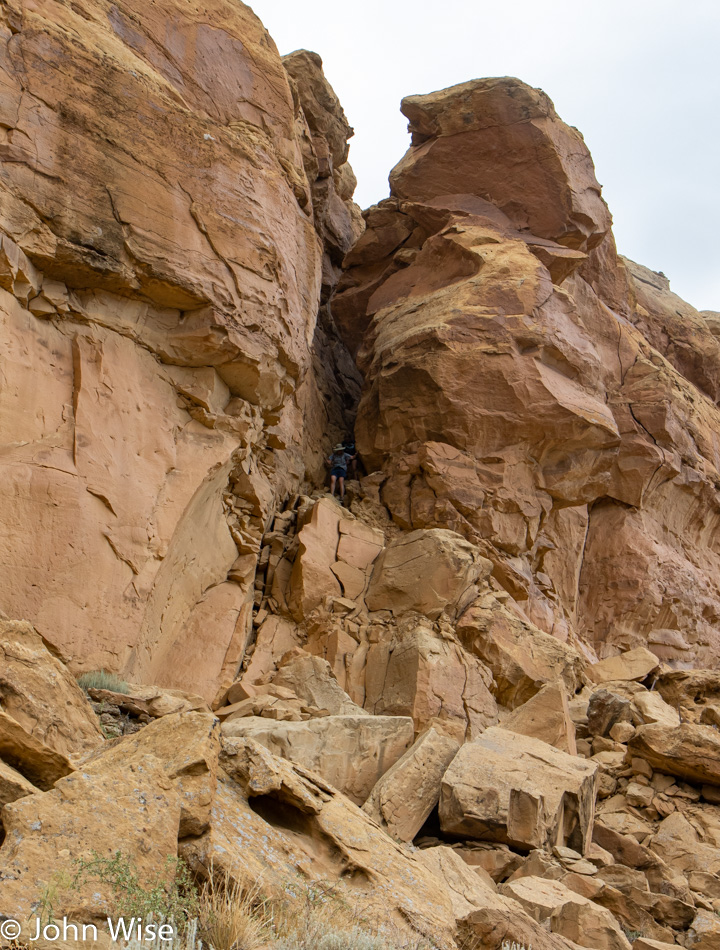
An hour later, they finally reemerge to a perplexed man below who’s wondering how the information channels get crossed. You see we were somewhat worried about the weather and the 20% chance of rain as the 16-mile rutted dirt road we drove in on would be unmanageable with our Kia in the rain. So, the idea before they headed up was that we’d be leaving very soon. Well, the weather held out, and the visitors center was opened later than thought, so Caroline was able to get her Junior Ranger Badge from this park, too, and everything ended well.
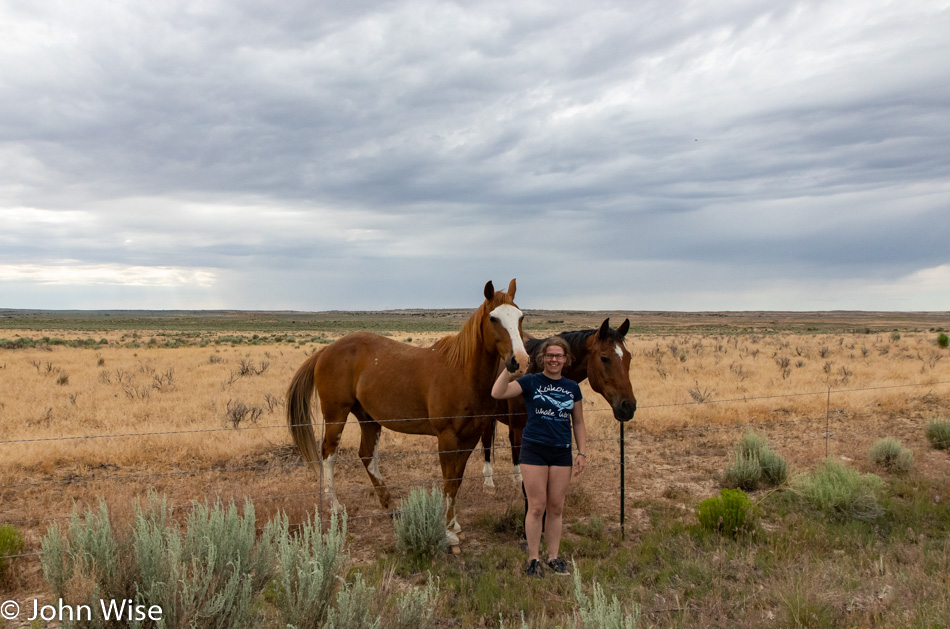
The road to Pueblo Pintado is not paved, but it’s a shortcut to the place we want to end up, so we take it. Good thing we did because we got to meet these two beautiful horses.
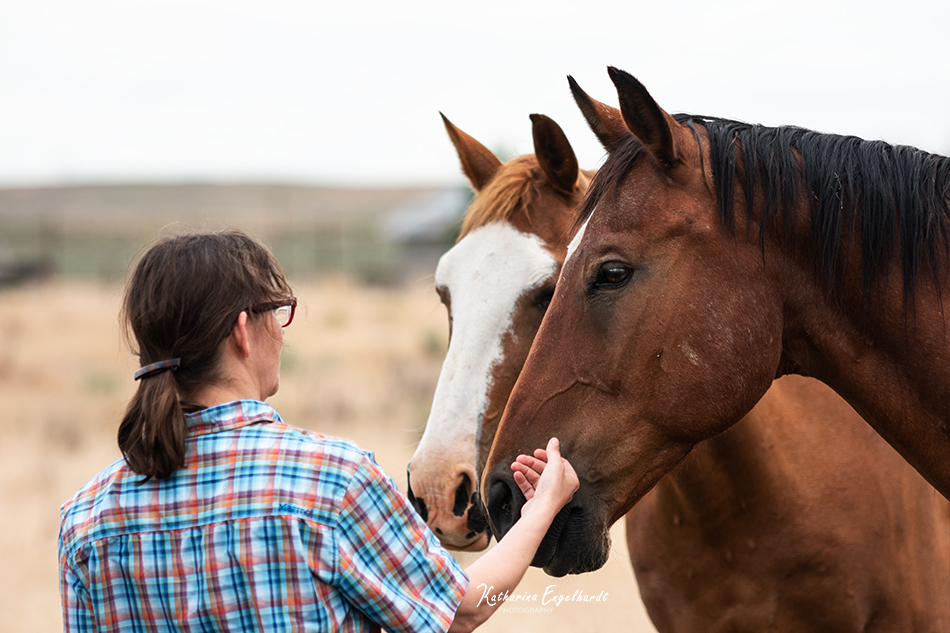
Oh, maybe it’s a bad thing we did because our maps from Google are not showing a way through, and the car navigation system is jumping around recalculating our route on roads that don’t exist.
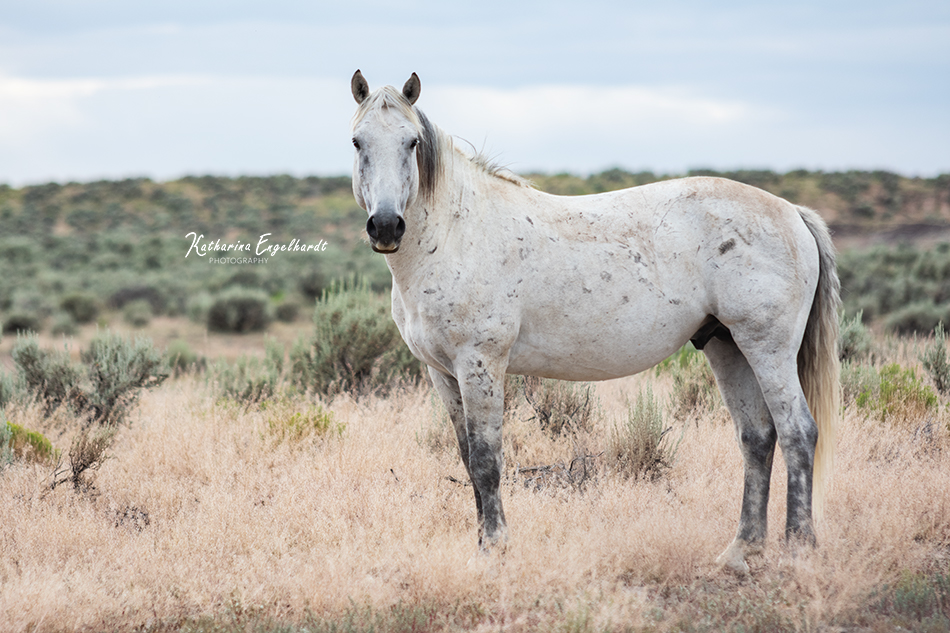
Lucky for us, a pickup truck is coming up behind us, so I flag it down and ask if the dirt road we’re on dumps back out on a paved road somewhere ahead. The Native American lady driving tells us that’s exactly where she’s going and that we should follow her.
Where the end of the primitive road gives way to the more civilized paved one, we come across a small herd of horses wandering around. My goal and commitment to our niece is to stop every time horses are within photographic range. My general impression on this road trip, though, is that a lot of people have given up horse ownership in exchange for affording their smartphone bills, but this is only a snarky guess, to be honest.
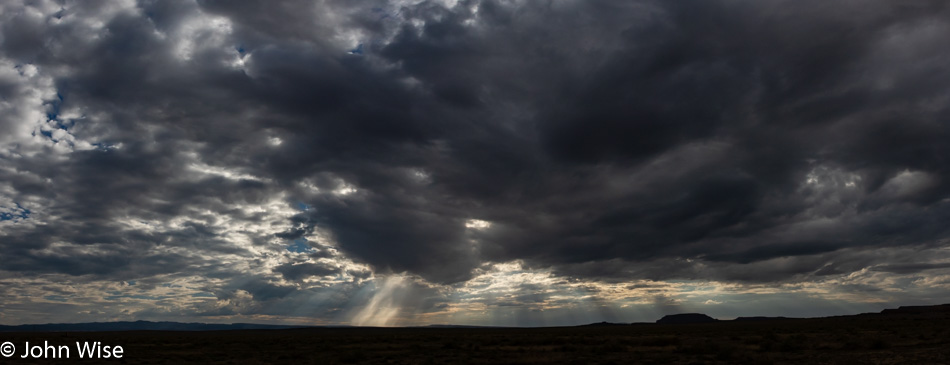
Big dramatic skies with god rays are the perfect punctuation to end a day with. That is until the check engine light comes on and forces you to change your plans because freaking out is now part of the equation. Sheesh, there are only 10,000 miles on this Kia Niro, and the check engine light comes on? Seriously? So, goodbye, Socorro and El Camino Family Restaurant. Goodbye, Pinetown, with pie and ice cream; see ya later, Datil and the giant satellite dishes. Instead, we head into Gallup to better position ourselves for a quicker drive home tomorrow.